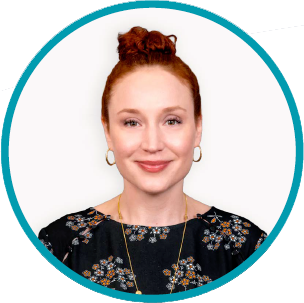
When considering the stereotypical migraine sufferer, you’d likely picture an adult. They could be suffering from migraines due to commonly known triggers like stress, alcohol consumption, or hormone imbalances. But did you know about 10% of children live with migraines? If your child were experiencing migraines, would you know how to tell? Don’t miss these common indications that your child may be experiencing migraines.
Children who experience migraines may disguise their symptoms as a coping mechanism to combat pain. For example, if a child experiences light or sound sensitivity, he or she may put on a pair of sunglasses to block the light, or earplugs to dull the noise. Migraines in children can cause severe throbbing pain which may lead to behavioral disturbances, such eating significantly less than normal, frequent crying, or excessive temper tantrums.
Migraines can cause nausea and vomiting, which can be easy to dismiss as an unrelated symptom, so make sure you’re paying attention to any and all changes in your child’s overall physical and emotional temperament. Migraine symptoms can last for hours to days, and the pain can be so severe that it may interfere with your child’s daily activities.
Migraines may come with additional side effects, commonly referred to as an aura. An aura is a symptom that can precede migraines or other neurological events. . Common visual auras include blurred or distorted vison, seeing zig-zag lines, blind spots, and lines or lights that may appear to be moving, flashing, or brightly colored. Children may be very susceptible to visual auras. Auras may last anywhere from 20-60 minutes. Aside from sight, auras can also influence other functions of the body, such as:
- Slurred speech – changes in speech or losing the ability to speak
- Uncontrollable movements – such as frenzied jerking
- Sound sensitivity – sensitivity to noise
- Unusual taste – bitter or burnt taste
- Disrupted touch – “pins and needles” sensation in the arm or leg
To find out more about migraine symptoms and triggers, please visit our blog: Managing Migraine Symptoms.
The first step in treatment for migraines in children is recognizing the signs and symptoms. Parents – if your child is between the ages of 7 and 17 years old and has been living with migraines, a clinical research study in Pikesville, MD may be able to help.






